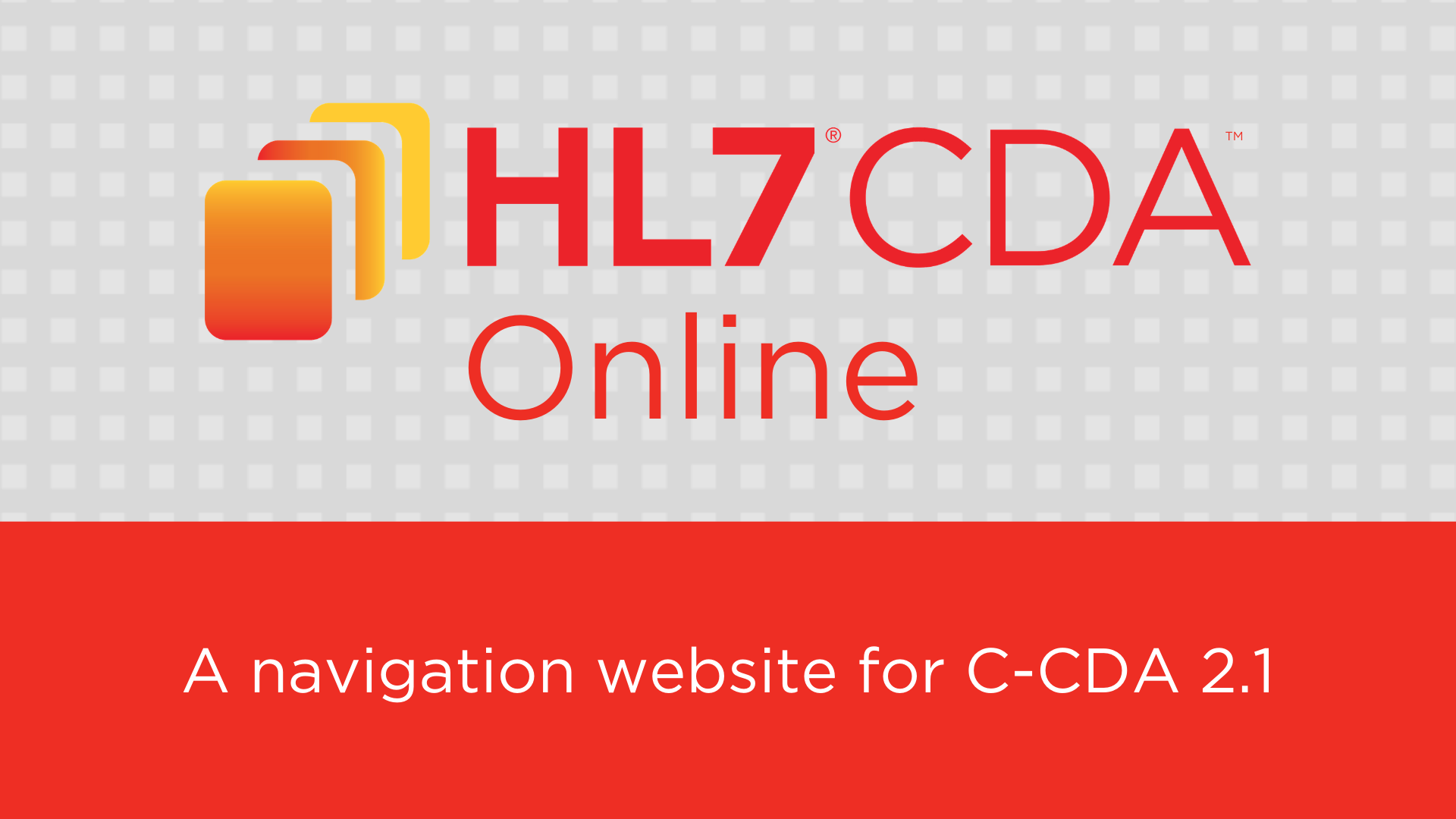
Primary author: John D'Amore, Co-Founder, Diameter Health; Co-authors: Brett Marquard, Principal, Wave One Associates and Wayne Kubick, CTO, HL7 International
While HL7 FHIR® (Fast Healthcare Interoperability Resources) is today’s hottest healthcare standard, clinical documents are already exchanged in the billions today. HL7 published the Consolidated Clinical Document Architecture (C-CDA) in 2011 to support care coordination and patient engagement. The ONC 2014 certification rule named C-CDA R1.1 and adoption exploded. The current version of C-CDA, R2.1, remains backwards compatible to that version today. While C-CDA is a flexible, robust standard to record patient care longitudinally or for an encounter, it is structurally complex. The C-CDA standard itself is over 1,000 pages long. Applying the standard to the latest US requirements for clinical data exchange, known as the US Core Data for Interoperability, also routinely requires information from the C-CDA Companion Guide.
HL7 publishes the C-CDA standard and its Companion Guide as PDF documents. That will remain the official version of the standard, but a small team from the CDA Management and Structured Documents Working Groups saw an opportunity to make the C-CDA content easier to use by developing a new web tool. Since the C-CDA has reusable parts, known as “templates,” it seemed logical to make each template searchable and distinct via unique web pages so the standard would be much easier to absorb.
The new HL7 C-CDA Online Search Tool is a searchable, web-based navigation resource for the Consolidated Clinical Document Architecture (C-CDA 2.1) and its Companion Guide. The solution includes over 240 unique web pages that make each template accessible on the web with linkage back to the original PDF content. This navigation is managed through a single searchable index page, like a smart table of contents.
Using the template webpages, health IT vendors can ensure that their C-CDAs are conformant and high-quality for document exchange. The search tool enables users to search the C-CDA by description, template object identifier (OID) or conformance number. Conformance number searches are particularly valuable for C-CDA implementers, since validators will return these numbers when there’s a violation or warning associated with C-CDA testing.
For each template on the website, documentation from the C-CDA standard includes four sections:- Description: Narrative text explaining how and when to use the template
- Contains / Contained By Links: Provides links where specific templates are referenced or templates referenced within a template
- Conformance Statements: Lists specific tests for conformance to the standard
- Examples: Includes examples in an HL7 managed GitHub repository published as part of the guide as well as other relevant examples managed by HL7. Strong examples have been a pillar of HL7 C-CDA guidance. A dedicated taskforce has been developing C-CDA examples since 2013 which are available through the HL7 CDA Example Search.
This new C-CDA navigation tool enables access to the C-CDA standard for all users of C-CDA. While HL7 strongly encourages all users to sign up for a free HL7 login (which provides many other benefits), the advantages of allowing open access to all users and applications via unique links was recognized as a critical need, following the pattern of the HL7 FHIR standard. The search tool also references other relevant resources that support interoperability, like HL7 terminology pages and dynamic value sets managed in the National Library of Medicine’s Value Set Authority Center (VSAC). Ultimately, the tool will also contribute to improving the quality assurance process for future C-CDA standards development and implementation conformance.
Development of the HL7 C-CDA Online Search Tool was led by John D’Amore of Diameter Health and Brett Marquard of Wave One. Executive guidance was provided by Wayne Kubick of HL7 and feedback was incorporated from many members of the HL7 staff and broader interoperability community. While there are too many helpers in the tool’s development to name all, we would like to specifically thank Gay Dolin and Lisa Nelson who participated early and often in review of initial drafts. Feedback on the tool has been very positive to date and we expect it will provide continuing value to the HL7 community and implementers of the C-CDA standard for many months to come.
Use the Tool Today!
Please give the new tool a whirl at http://hl7.me/viewccda - you'll be glad you did.


